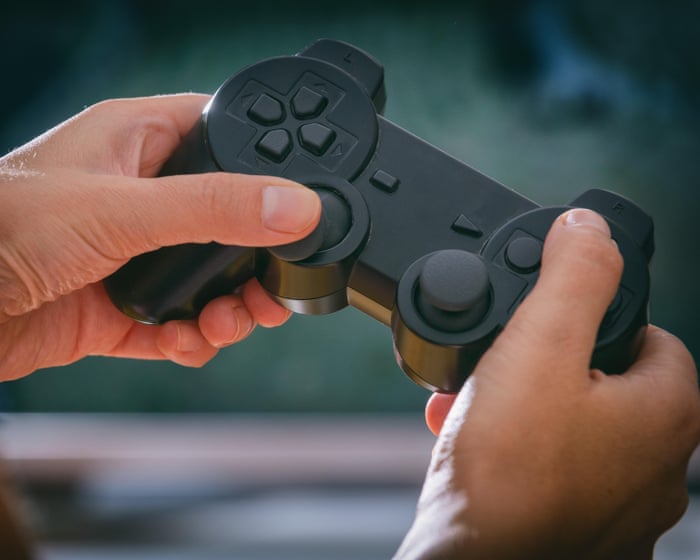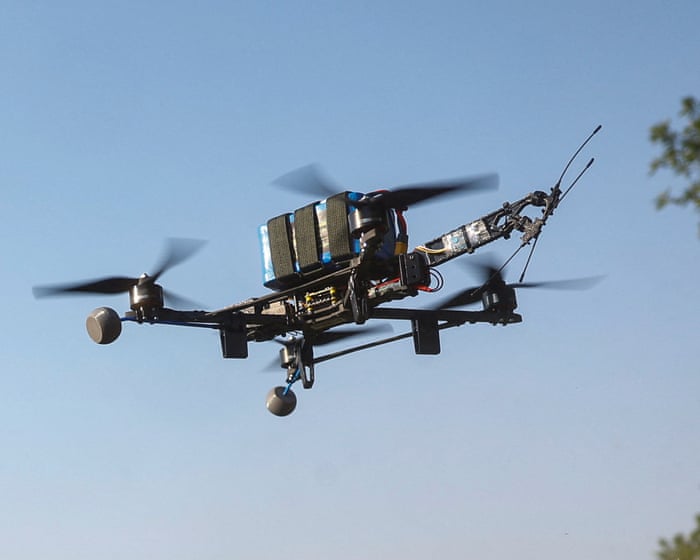Five years ago, just before the first Covid lockdown, I wrote an article asking what seemed like a very niche question: why do some players invert their controls in 3D games? Most people push the controller stick down to look down and up to look up, but a significant number do the opposite—controlling their character like a pilot flying a plane, pulling back to look up. In most modern games, this means changing the default settings. So why do they stick with it?
I expected only a few dedicated gamers to care. Instead, over a million people read the article, and the discussion caught the attention of Dr. Jennifer Corbett (who I’d quoted) and Dr. Jaap Munneke, then researchers at Brunel University London’s Visual Perception and Attention Lab.
At the time, they were studying vision and cognitive neuroscience, but when lockdown hit, they could no longer bring volunteers into the lab. The controller inversion question offered a perfect chance to study the neuroscience of human-computer interaction remotely. They asked for gamers willing to help research why people invert controls and got hundreds of responses.
And it wasn’t just gamers who were interested. “Machinists, equipment operators, pilots, designers, surgeons—people from all kinds of backgrounds reached out,” says Corbett. “Because there were so many different answers, we realized we had a lot of scientific literature to review to design the best possible study. Readers’ responses turned this into the first study of its kind, trying to figure out what actually shapes how users set up their controls. Personal experiences, favorite games, genres, age, consoles, even how you scroll with a mouse—all of these could play a role.”
This month, the pair published their findings in a paper titled “Why axis inversion? Optimizing interactions between users, interfaces, and visual displays in 3D environments.” And the reason some people invert their controls? It’s complicated.
The research began with participants completing a survey about their backgrounds and gaming history. “Many people told us that playing a flight simulator, using a certain console, or the first game they ever played influenced whether they preferred inversion or not,” Corbett says. “Many also said their preferences changed over time. We added a whole new section to the study based on this feedback.”
But Corbett and Munneke—now at MIT and Northeastern University, respectively—were sure there were also important cognitive factors at play, which could only be measured through behavioral tests. So they designed a questionnaire and four experiments that participants took part in over Zoom. As Corbett explains: “They had to mentally rotate shapes, take the perspective of an ‘avatar’ object in an image, judge tilt direction against different backgrounds, and overcome the ‘Simon effect’—where it’s harder to respond when a target is on the opposite side of the screen from the response button. Then we used machine learning to analyze all the data and identify which combination of factors best explained whether someone inverts.”
What they discovered through the cognitive testing was…Many assumptions about controller preferences turned out to be incorrect. According to Corbett, “None of the reasons people gave us for inverting controls actually matched whether they inverted or not. The strongest predictor we found was how quickly players could mentally rotate objects and overcome the Simon effect. The faster they were, the less likely they were to invert. Those who said they sometimes invert were by far the slowest at these tasks.”
Does this mean non-inverters are better gamers? Corbett says no. “Although they tended to be faster, they weren’t more accurate—in fact, inverters were slightly more precise.”
In short, gamers often believe their preference for inverting or not stems from their early exposure to games. For example, someone who played a lot of flight sims in the 1980s might have unconsciously learned to invert and now sees it as their natural style. Meanwhile, a gamer who grew up in the 2000s, when non-inverted controls became standard, might assume they’re naturally a non-inverter. But cognitive testing suggests otherwise—your preference likely depends on how your brain processes 3D space.
Corbett recommends that gamers try the opposite control scheme from what they’re used to. “Non-inverters should try inversion, and inverters should give non-inversion another chance,” she says. “You might even want to stick with it for a few hours. People have learned one way, but that doesn’t mean they can’t learn another, perhaps even better. It’s similar to being left-handed: until the mid-20th century, left-handed children were often forced to write with their right hand, leading to lifelong handwriting and learning difficulties. Many older adults still don’t realize they’re naturally left-handed and could write or draw better if they switched back.”
Through this research, Corbett and Munneke discovered that complex, often unconscious cognitive processes influence how people use controllers. These findings could impact not only game hardware but also other human-computer interfaces, from aircraft controls to surgical tools. They developed a framework to determine the best control configuration for any individual and have shared it in their published paper.
“This work showed us the huge potential of optimizing control settings to improve human-machine collaboration,” says Corbett. “As more technologies pair humans with AI and machines to enhance our abilities, understanding how each person performs best with a specific setup—whether it’s controller configuration, screen placement, or task type—can lead to smoother interactions in many scenarios. This ranges from teaming up with an AI to beat a game boss to avoiding damage during delicate laparoscopic surgery.”
What began as a casual, nerdy question has now become a published cognitive research paper. It has already been cited in another scientific publication, and podcasts and YouTubers are requesting interviews. As for the key takeaway? Corbett says, “The most surprising finding for non-inverting gamers is that they might perform better if they practiced with inverted controls. Maybe not, but based on our results, it’s definitely worth trying—it could significantly improve competitive gameplay!”
Frequently Asked Questions
Of course Here is a list of helpful FAQs about why some gamers invert their controls
General Beginner Questions
Q What does inverting controls actually mean
A It means pushing the control stick or mouse forward makes your character look down and pulling back makes them look up This is the opposite of the standard push forward to look up setting
Q Is inverting controls a common thing
A Yes While its a minority of players a significant number of gamers prefer and use inverted controls Its a standard option in almost every game
Q Do people invert just the Yaxis or the Xaxis too
A Almost always people only invert the Yaxis Inverting the Xaxis is extremely rare
The Why Scientific Psychological Reasons
Q So why do some people feel the need to invert their controls
A Scientists believe its often related to how our brains map movement in 3D space For some moving a control stick feels like tilting their head pull back to look up push forward to look down
Q Ive heard its like an airplane joystick Is that true
A Thats a very common and accurate analogy In an airplane you pull the stick toward you to climb and push away from you to dive This feels natural to many people and translates directly to controlling a camera in a game
Q Is it something youre born with or can you learn it
A It seems to be a deeply ingrained preference almost like being right or lefthanded Many players who invert say it was the only way that felt natural from their very first game While you can learn to use either method your natural preference is hard to change
Q Does it make you a better gamer
A Not necessarily Its purely about personal comfort and what feels intuitive A player using standard controls can be just as skilled as a player using inverted controls The best setting is the one that feels most natural to you
Practical Tips Common Issues
Q I want to try inverting my controls Whats the best way to start




